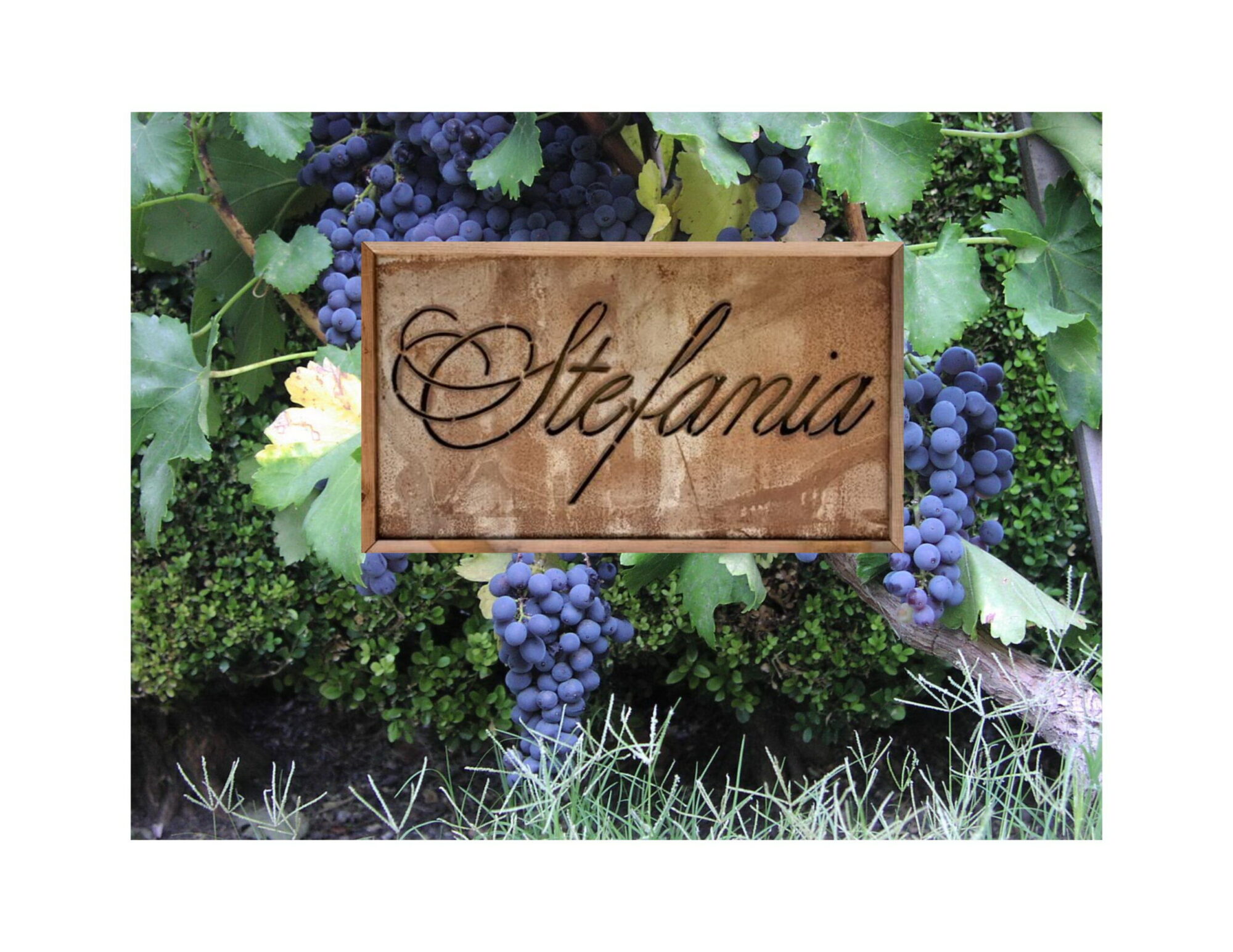Here’s what I’ve seen so far. Although I’ve followed the situation in other areas I’ve only talked in detail with growers in my area, and Casey Hartlip at Eaglepoint Ranch in Mendocino. Keep that in mind as the situation can be very different in different parts of the state.
So far 2007 has been the easiest year I’ve seen since I’ve started in 2001. There actually have been comparisons to 1997, which was also viewed as easy.
So what does easy mean?
It means that there has been a leisurely pace to vineyard work and no unusual actions needed in the vineyard. At this stage in the growing season you’re looking at four main themes:
1. disease pressure – mildew2. potential yields3. green growth or vigor4. water stress and situation for the remainder of the growing season.
1. disease pressure. Mildew pressure has been the lowest I’ve ever seen. Many have cut back their spraying drastically. Casey didn’t do his first spraying until May. Only Bradley Brown at Big Basin Vineyards has told be he’s seen any pressure this year, and he zapped it early with oil.
Spraying has also been very easy. 2005 in particular and a lesser amount in 2006 were difficult years. The rain patterns often had us out 2-3 times a week. This year we’ve been able to stay on an every 2 weeks schedule. You have to spray after each rain if you use organics or time your spraying for dry periods with systemics. In 2005 and 2006 the weather drove us nuts. We’d spray, it would rain, then not give enough gap between rain to get another spray to set. To make matters worse there would be calm periods between storms, which lets Powdery Mildew thrive. It meant a lot of work, and some growers still had Powdery Mildew problems in both years, and black rot problems in 2006. It was a challenge and although the best growers brought in good healthy grapes, it was still a lot of work.
This year we’ve had rain, gone out and sprayed, the wind kicks up (which helps prevent Powdery Mildew) and then relaxed until the next spraying was needed.
The net result? Healthy flowering, fruit set and cluster size. Potential yields look good, and unless something dramatic happens in the summer, we’re not worried about mildews and rots.
2. Potential yields – At this point in the season yields look good. Some plants are throwing 3rd clusters, but not many. Flowering is still underway but set appears good and the plants healthy. Good growers will drop 3rd clusters which tend to not catch up, but every thing was very even this year. Plants flowered and set all together, which leads to even ripeness.
3. Green Growth – Vigor. This was the demon in 2005. The rain patterns lead to excessive growth. That encouraged Powdery Mildew, and meant many growers had to increase their farming labor 25-75%. There was a lot of work to do to bring in healthy grapes and balance vines.
This year the plants have been late, 1-2 weeks, but even and controlled in their growth. I’ve had to do no shoot thinning or lateral removal before flowering. In 2005 I had to make 2 complete passes through the vineyards.
I’ve also had very little need to remove excess buds or double shoots. The plants have just been balanced and not needed extra fussing. The lateness is not a concern to anyone I’ve talked with, or myself. We’re not pushing things severely like 1998 or 1999, it just looks like 1-2 weeks later than normal, or about the same as last year.
Although we have only seen one heat spike, our degree days seem fine, and the heat is really needed over the 90 days following flowering. The entire summer is ahead of us, and it is possible we’ll have lower alcohol, lower pH wines again in 2007, like 2005 and 2006, but that will play out in July and August. No one is concerned on not getting grapes ripe.
4. Water stress and situation for the remainder of the growing season.
It has been a drought year, with rainfall at 30-50% of normal in many locations. I’ve turned on my drip systems later than I have in the last few years. In 2005 I had them off all season. Still the amount has been small 1/2 gallon per week and precautionary.
Others are doing the same. No one seems particularly worried, just cautious in getting water in the ground. We’ve seen no drought stress at this time. If things get really hot this summer it could be a concern. Those on reservoir water are worried that they can make it through a hot summer with the water on hand, but thus far it’s not been an issue.
So overall? ‘Easy’. The year is off to a good start, and for consumers I think it looks particularly good. Both 2005 and 2006 were challenging years. The kind that took hard work in the vineyards and separates the good growers and winemakers from the average. Maybe a little like 2003 in Bordeaux, where some made great wines, and some struggled.
2007 is off to a start like 2000 Bordeaux, the kind of vintage that lifts everyone and makes the average good, and the good great. BUT, the real work and risk is ahead. There’s a long summer to get through, and the Fall is always key to quality.
(Also posted on Wine Spectator Forums)
